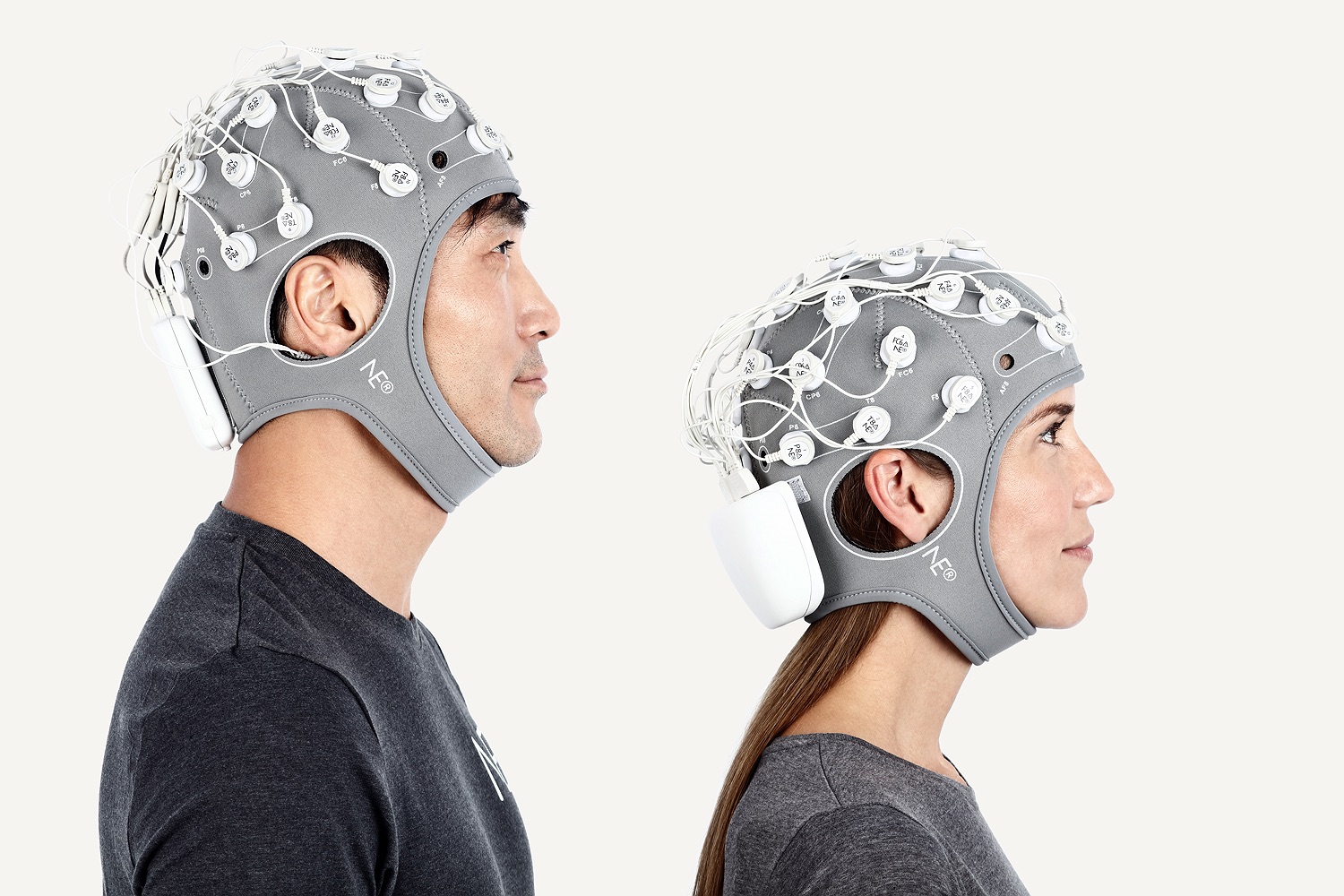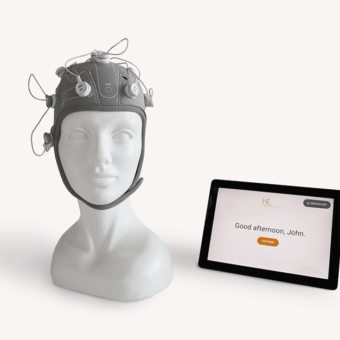We all have our own reasons for feeling scared at times, and it’s generally not a very pleasant moment. Halloween, however, is the one time a year when many people will seek that rush of fear. For some, it may be triggered by a spider jumping at them, a ghost in the room, or a moving skeleton, but others may get scared at the mere sight of a brain. Why is it, though, that we associate the brain with Halloween? Does it produce that much fear in people? This is a Halloween special to discuss fear and its connection to the brain!
Understanding Fear and the Brain
First, we need to start off by establishing what it means to feel scared, with regard to the brain. Fear is our body’s emotional response to a situation or thing that we see as dangerous or likely to make us feel unsafe, whether it may cause physical pain or psychological distress. We generally react to these situations by subconsciously turning on our fight-or-flight response.
When we get scared, the part of our brain called the amygdala turns on, which subsequently activates the hypothalamus through a neurotransmitter called glutamate. This reaction is what triggers our automatic fight-or-flight instincts. So, is it possible that some are scared of the very thing that produces the feeling of fear?
Halloween & How We’re Advancing Brain Research
Perhaps it is the brain’s vitality that makes people scared of it; The idea that without it being fully functioning, there is no continuance of life. Halloween’s origin stems from the ancient Celts who believed that one day a year the worlds of the dead and the living would merge. Therefore, a fear of the brain on Halloween entails something happening to one’s own brain, and its ability to take us from living to dead. Not to mention its potential to cause great suffering by developing permanent neurological disorders.
Here at Neuroelectrics, you could almost call us zombies for how much we love brains! Our team works daily on end with the goal of making the common perception of the brain more positive. Unfortunately, millions of people around the world suffer from some form of brain disease, and for many of those, the availability of treatments is lacking. So in reality, the possibilities of the brain are quite terrifying. Neuroelectrics is pioneering a new therapeutic platform to treat neurological and psychiatric disorders. Our device, Starstim, combines brain stimulation technology with a controlled digital delivery mechanism through a range of personalized treatment protocols. With this new technology, our company is focusing on the treatment and diagnosis of Alzheimer’s, Epilepsy, and Depression.
Using tDCS & VR to Track and Study Fear
However, this is not all that our devices are being used for. Neurological disorders such as anxiety and pathological fears are quite common, luckily exposure therapies are extremely effective for these conditions. Bulteau et al. (2022), in a recent study published in the Journal of Clinical Medicine, are conducting a double‐blind randomized controlled study using our devices, to track how acrophobia (visual height intolerance) is projected in the brain.
They are combining transcranial direct current stimulation (tDCS) and active fully embodied virtual reality for individuals who are afraid of heights. With active virtual reality, they produce scenarios that would stimulate the fear of the patient, while monitoring the messages being sent through their brain. The stimulation is applied during 20 min of VR exposure; The participants in the active tDCS group receive 20 min of active stimulation, whereas participants from the control group receive artificial signals. Their results are then gathered through various questionnaires. The success of this study is important since research dealing with tDCS and VR for anxiety disorders is a promising emerging field, and with the use of Neuroelectrics devices conducting research is made easier than ever.
Another interesting work is the one from The National Institute of Mental Health (NIMH) in which an experiment is being conducted with our devices to test the potential of transcranial direct current stimulation and fear extinction. Transcranial direct current stimulation (tDCS) is a neuromodulation technology that can increase learning, memory and potentially rewire the brain. Participants with anxiety disorders were selected to evaluate whether tDCS can perform successful extinction of fear.
Conclusion
Overall, these are just a few of the many ways in which our devices can be used to treat all varieties of brain diseases including phobias and anxieties. We continue to work towards revolutionizing the world of neurological disorder treatments, so hopefully, the widespread fear of the brain will be relieved!
If you’re interested in learning more about tDCS, you should check out our blog article on “Predicting how brain stimulation affects neurons“, as it delves into the framework that allows us to anticipate the response of the neurons before the current is applied.

